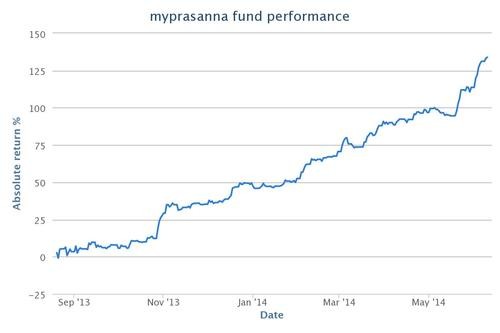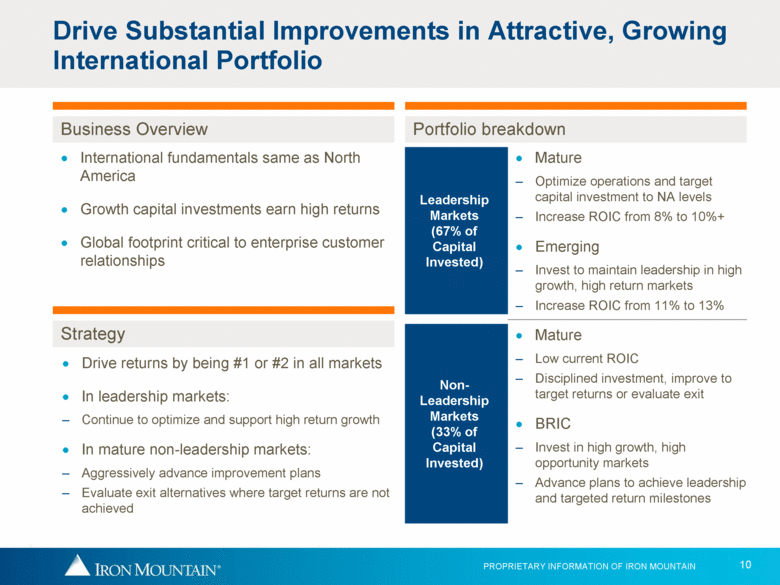Making Your Portfolio Less Risky_1
Post on: 26 Июнь, 2015 No Comment

Making Your Portfolio Less Risky
By: Jeff Brown
After its stunning gains in the last three quarters of 2009, the stock market has hit a rocky patch. Amid a series of gut-wrenching plunges, it’s natural to think about moving money to the sidelines.
Although standard investment advice calls for leaving your stock-market allocation alone through thick and thin, some simple arithmetic shows that a modest move from stocks to cash won’t torpedo a long-term plan. If it helps you sleep at night, well, that’s nothing to sneer at.
Consider an investor with 50% of her portfolio in stocks, 40% in bonds and 10% cash. Assume she’s betting on long-term returns averaging 10% on stocks, 5% on bonds and 3% on cash.
After 12 months, every $100 in this portfolio would grow to $107.30, for a 7.3% gain. That’s in line with what many financial advisers would project for a diversified portfolio.
Now suppose the investor thought the stock market had become too risky and reduced the stock holdings to 40%, increasing cash to 20%. Every $100 would grow to $106.60 if returns held to the long-term average. That sacrifice isn’t so bad if it really brings peace of mind.
What if the investor’s fears come true? Let’s assume stocks fall by 20% during the next 12 months. Every $100 in the original portfolio would fall to $92.30, while the more conservative portfolio would fall to $94.60.
Of course, the strategy would reduce returns if stocks took off. If they gained 20%, the original half-stock portfolio would grow to $112.30, the conservative one to $110.60. Still, that’s not a dramatic difference for a single year.
The real penalty would come if you kept the more conservative asset mix for the long term. Earning 6% instead of 7% would leave you with 17% less after 20 years, according to the Savings, Taxes and Inflation Calculator .

The numbers in the examples represent historical averages. If you moved to the sidelines today, you’d be too optimistic to expect 3% yields on cash. The average one-year certificate of deposit yields just 0.845%, according to BankingMyWay.com. With the shopping tool you can find some CDs edging toward 2%. But safety, not yield, is the main reason for moving to cash.
It also might be overly optimistic to expect 5% on bonds over the next year. The 10-year U.S. Treasury note yields 3.62%, and the bond could lose value if interest rates rise.
Still, the basic principle is worth keeping in mind: Shifting some money to the sidelines can make a diversified portfolio safer and need not entail a big reduction in returns over the short term.
And if you’re really lucky, or very skilled, you can later reverse the process, using that cash to buy stocks or bonds when prices are lower. Most experts discourage amateurs from such market timing, since there’s a good chance of getting it wrong. But the risks aren’t too great if the shifts in and out of cash are fairly small.
For more ways to save, spend, invest and borrow. visit MainStreet.com.














